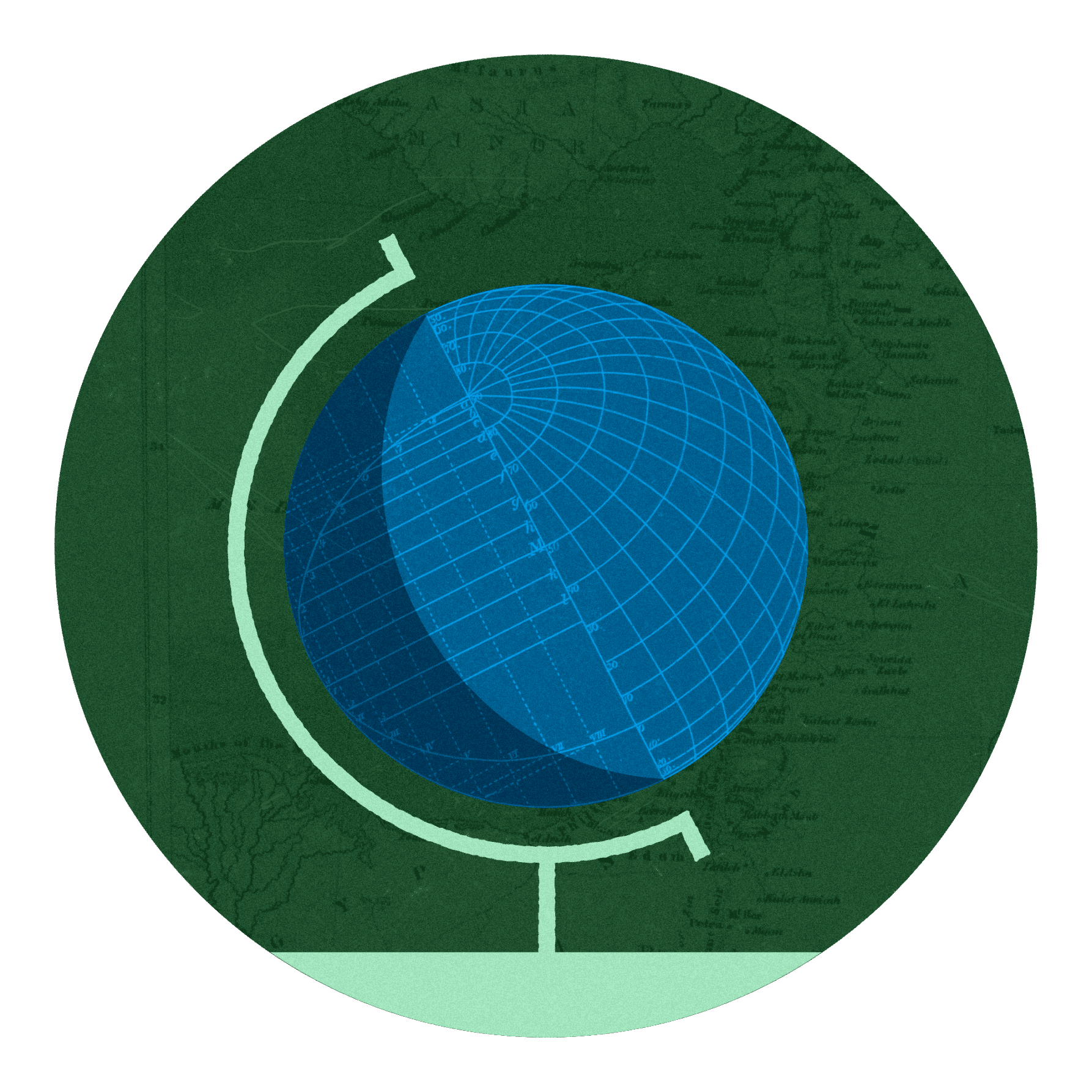Millions of Americans find purposeful, fulfilling work without a four-year degree, but the pressure to apply, enroll, and take on debt for college is real.
Americans are “almost succumbing … to an idea that they have to do things a specific way: ‘I have to go to college. I don’t know what I want to do, but I have to go,’” San Antonio, Texas student Aléshah Brown told The Hechinger Report. “Even in middle school, you’re feeling all this pressure and stress about going to college, but no one’s asking you, ‘What do you want to do?’”
A nonprofit called Make It Movement is asking. Efforts like it, coupled with a wider range of learning options, will help more Americans self-actualize — find their purpose and contribute to their communities.
Self-actualization starts with asking, “What do I want to do?”
The Make It Movement’s website helps young learners determine their aptitudes and identify what motivates them to contribute. It “tells” young learners they absolutely should try to discover their purpose, a notion “that has become blurred as young people question the traditional paths once taken after high school,” The Hechinger Report explained.
To begin, the website offers an interactive tool where learners select what kind of workplace they prefer (indoor, outdoor, at home), identify their personality types (thinker, doer, creator, planner), and consider their own values. The website then offers jobs that individual may be interested in and provides pathways to that job: meeting an employer, learning a skilled trade, or pursuing another learning option.
Make It Movement initially hoped the site would reach 20,000 central Texas students. Four times that number, 80,000, have logged on. A Make It Movement survey of middle and high school students found the proportion of learners who were aware that they had multiple learning options to train for jobs went from 42% to 93% after using the website.
Founder Roy Spence says the website is appealing because it is “compelling, interactive, peer to peer, and simple.”
Brown, the student from San Antonio, believes it works for another reason. “It’s showing students, ‘Hey, let’s see what you individually like to do, what you love, and how you can make a difference in the world,’” Brown said in The Hechinger Report article that The Washington Post also published.
Finding purpose continues by understanding the full range of learning opportunities
Brown is not the only student demanding new learning models. In Newsweek, University of Chicago senior Aman Majmudar noted Google grants professional certificates that get enrollees job-ready in six months, and that edX offers shorter-term learning options.
“Rather than buoying an outdated narrative that slows progress … and makes millions of young people default to doing something that might not be best for them, traditional universities need to adapt,” Majmudar said. He recommends four-year institutions start by adding two-year degree options.
Policymakers also are eager for innovation.
Last October, the U.S. House Subcommittee on Economic Growth, Energy Policy, and Regulatory Affairs held a hearing on apprenticeships. Tony Ewing, president of Advanced Fixtures, Inc., described his own experience with forgoing college. “I don’t have a degree,” Ewing said. “Yet … I’ve had the honor to lead a successful and growing company for over 40 years, influence hundreds of employees, and contribute to their livelihoods.”
Mutual benefit: New learning models will help workers self-actualize — and could address student debt crisis
“College for all is not working for all,” Erin Valdez, policy director for Next Generation Texas with the Texas Public Policy Foundation argued at the October hearing, “There is a $1.77 trillion student loan crisis in this country, and that has tripled since 2008.”
Fortunately, new models are also emerging for students worried about whether a traditional degree will translate into a well-paying job where they can contribute.
To ensure learners who do choose a more traditional four-year path find meaningful work, Western Governors University aligns its education programs with workforce needs, ensuring graduates are both well-prepared and sought-after by employers.
WGU President Scott Pulsipher discussed this approach in a recent interview.
“Whether someone pursues postsecondary education — that happens at an individual level,” Pulsipher said. “[People] want a self-determined life. They want a life of progress, economic mobility, and optionality around the opportunities they pursue, and the key to all that is acquiring the knowledge, skill, and ability to do so.”







